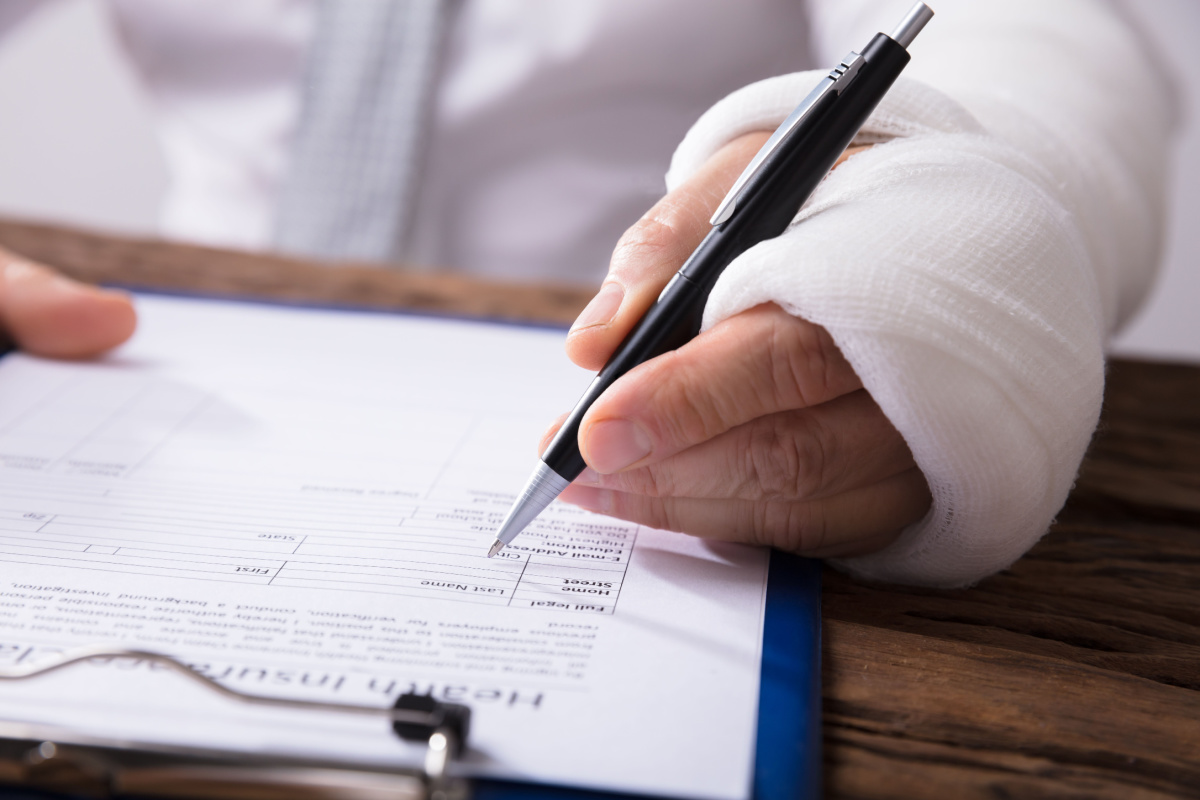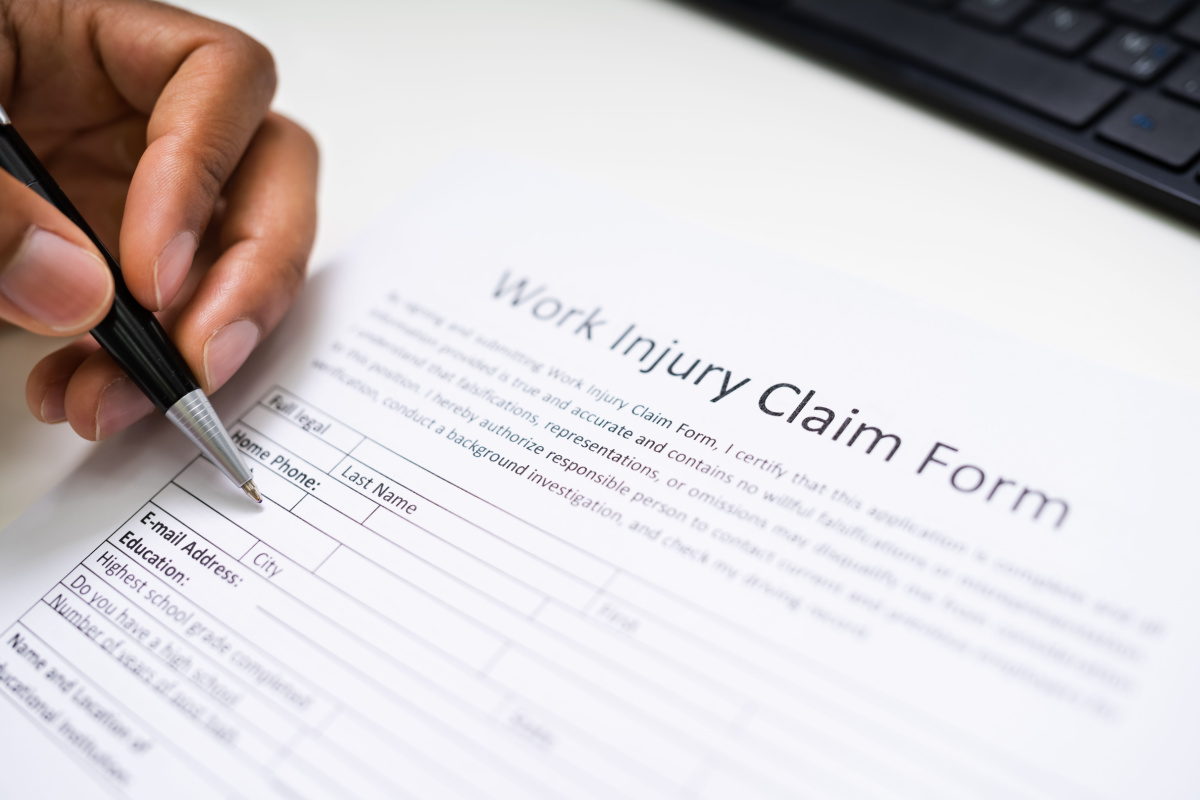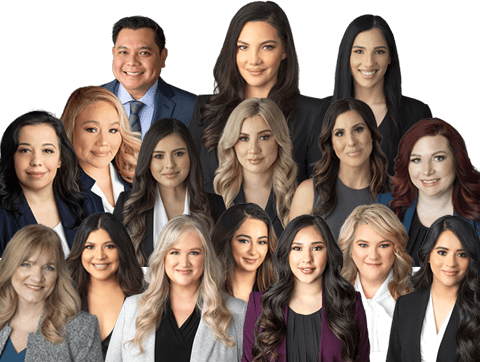
Founding Member & Managing Partner at Gina Corena & Associates
Practice Areas: Personal Injury

According to the US Bureau of Labor Statistics, there were 43 fatal workplace injuries in Nevada in 2021.
Typically, when an individual gets injured on the job, workers’ compensation insurance offers a safety net. However, circumstances exist where a third party, separate from an employer or co-worker, bears some responsibility for an accident. Examples include a delivery driver getting into an accident because of a faulty brake system or a construction worker injured by a defective piece of machinery. In such scenarios, the injured person might have a claim against these third parties.
Determining fault in a work-related injury involves a multi-step process. Often, an immediate report of an incident to a supervisor serves as the first step in establishing an official record. Subsequently, an internal investigation usually commences, aimed at gathering all relevant facts and interviews from witnesses. Additionally, inspection of equipment, safety protocols, and workplace conditions can offer further insights into the incident’s cause. Documentation plays a pivotal role in fault determination. Photographs, video surveillance, and accident reports can offer invaluable evidence. In some instances, external experts may conduct independent evaluations to ascertain the cause of the injury.
Liability might rest with the employer, a co-worker, or even a third party like a manufacturer or subcontractor. In some cases, multiple parties share fault, complicating the case for compensation.
When a workplace injury occurs, immediate action can significantly affect the outcome of any future claims or medical treatments:
Understanding the distinctions between employer and third-party liability is important for anyone dealing with a work-related injury. When an employer is liable, workers’ compensation insurance typically covers medical expenses and lost wages. Workers’ compensation operates under a no-fault system, meaning employees can claim benefits regardless of who caused the injury. However, accepting workers’ compensation benefits often means forfeiting the right to sue an employer for additional damages.
Third-party liability comes into play when an entity other than the employer or a co-worker contributes to the injury. Examples include manufacturers of defective equipment, negligent drivers in a work-related car accident, or subcontractors who create hazardous conditions. Unlike workers’ compensation claims, third-party liability cases require proof of negligence or fault. Successfully providing third-party negligence could lead to more comprehensive compensation, such as damages for pain and suffering, which workers’ compensation does not usually cover.
Amassing a strong collection of evidence is a key step in fortifying any work-related injury claim. Start by documenting every aspect of the accident scene. Photographic evidence of the surroundings, as well as any hazardous conditions or faulty equipment, can be especially revealing. Additionally, video footage, if available, can serve as compelling evidence.
Securing witness statements is another important task. Co-workers or anyone else present at the time of the accident may offer invaluable perspectives, helping to establish a detailed account of events. Written statements are preferable, as memories may fade over time.
Medical documentation is also pivotal. Accurate medical records not only validate the severity of injuries but also establish a direct link between the workplace incident and the resulting medical condition. Keep track of medical bills, reports, and any prescribed treatments or medications.
Records of communication about the incident should be saved, whether emails with supervisors or correspondences with human resources departments. Such documents can later corroborate or refute key points in the case.
Legal counsel plays a significant role in third-party claims stemming from workplace injuries. Unlike workers’ compensation cases, which often don’t necessitate an attorney due to their no-fault nature, third-party claims require proving negligence or fault. A skilled attorney can help identify all possible liable parties, whether it’s a manufacturer, a subcontractor, or another entity entirely.
A legal representative will also collect and organize evidence, which may include photographs, medical records, or expert testimonies. They are responsible for conducting depositions, interrogating witnesses, and presenting facts that can substantiate the claim. In many instances, a lawyer’s network of resources can uncover evidence an individual might find difficult to obtain independently.
Negotiating a settlement is another area where legal expertise becomes particularly useful. Lawyers have the know-how to negotiate effectively with insurance companies and other parties, aiming for the highest possible compensation for their client. If settlement talks fail, the attorney prepares to take the case to trial, where their skills in advocacy and legal argument come into full play.

In third-party liability cases related to workplace injuries, identifying potential defendants can be a complex task. Multiple entities could bear some level of responsibility for an incident. One common category of defendants includes manufacturers or suppliers of faulty equipment. If an injury results from using a defective machine, parties involved in its design, manufacturing, or distribution might be held liable.
Another category comprises subcontractors or external service providers. For example, if an electrical contractor performs substandard work leading to a hazardous condition, they could be a potential defendant in a third-party claim.
Property owners or landlords can also be held accountable in some situations. If an injury occurs due to unsafe conditions in a building or on a property not owned by an employer, the owner may be liable for not maintaining a safe environment.
Drivers involved in work-related transportation accidents present another example. If an employee is injured while driving for work-related purposes and another driver is at fault, a claim could be made against the driver or their insurance company.
Finally, companies responsible for toxic substances or hazardous materials could be liable if exposure leads to injury or illness. Often, proving liability in these cases requires expert testimonies and substantial evidence.
If you have suffered a work-related injury, call 702-680-1111 or contact our experienced legal team today, and we will work to get the compensation you deserve.

As founder of Gina Corena & Associates, she is dedicated to fighting for the rights of the people who suffer life-changing personal injuries in car, truck and motorcycle accidents as well as other types of personal injury. Gina feels fortunate to serve the Nevada community and hold wrongdoers accountable for their harm to her clients.